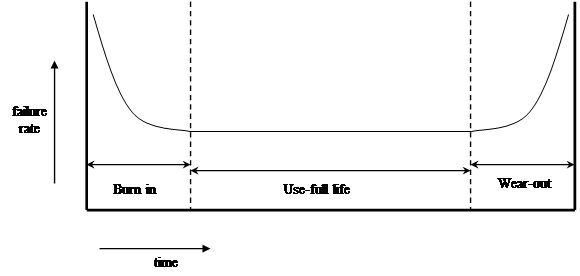5.3.1 Efficient production
Course subject(s)
Module 5. Resource efficiency by product design, production and substitution of materials
In the production process the forming of waste should be kept at a minimum, to save on resources and therefore costs, but also on waste transportation and disposal costs. Jan-Henk Welink discussed the three types of waste that are formed in the production process.
Main takeaways
In production three types of waste are formed:
- Products that are not according to specification. Off-spec products are minimised by improving the continuous cycle of plan-do-check and act (described in ISO 9000)
- Wasted materials that are directly related to the process. Find customers for these types of residues by a market study. Regard them as by-products.
- Waste that is indirectly related to the process. Offer convenience in separate waste collection. Check large obsolete products (furniture, computers) first on reusability.
Failing products in a bathtub
The failure rate of a product is an important factor that determines the life expectancy of a product. Reducing the failure rate means improving average life span. A visual model for the failure rate of a product in its product life is the Bath Tub Curve (especially electronics).

Figure 1: Bath Tub Curve explaining failure rates in a product life cycle
The Bath Tub Curve divides the product life in three periods:
1. Burn in: product is new, failure due to errors during production and transport
2. Use full life: Product fails in “normal” use by consumer
3. Wear out: Product fails on end of expected life
With the following failure causes per product period:
Burn in period
- Poor quality control
- Poor test specifications
- Inadequate manufacturing methods
- Substandard materials and workmanship
- Poor debugging
Useful life period
- Low safety factors
- Undetectable defects
- Abuse
- Natural failures
- Higher random stress than expected
- Wrong application
Wear out period
- Wear due to aging
- Corrosion and creep
- Short designed-in life
- Poor maintenance
- Wear due to friction
- Wrong overhaul practices

Waste Management and Critical Raw Materials by TU Delft OpenCourseWare is licensed under a Creative Commons Attribution-NonCommercial-ShareAlike 4.0 International License.
Based on a work at https://online-learning.tudelft.nl/courses/waste-management-and-critical-raw-materials/.



